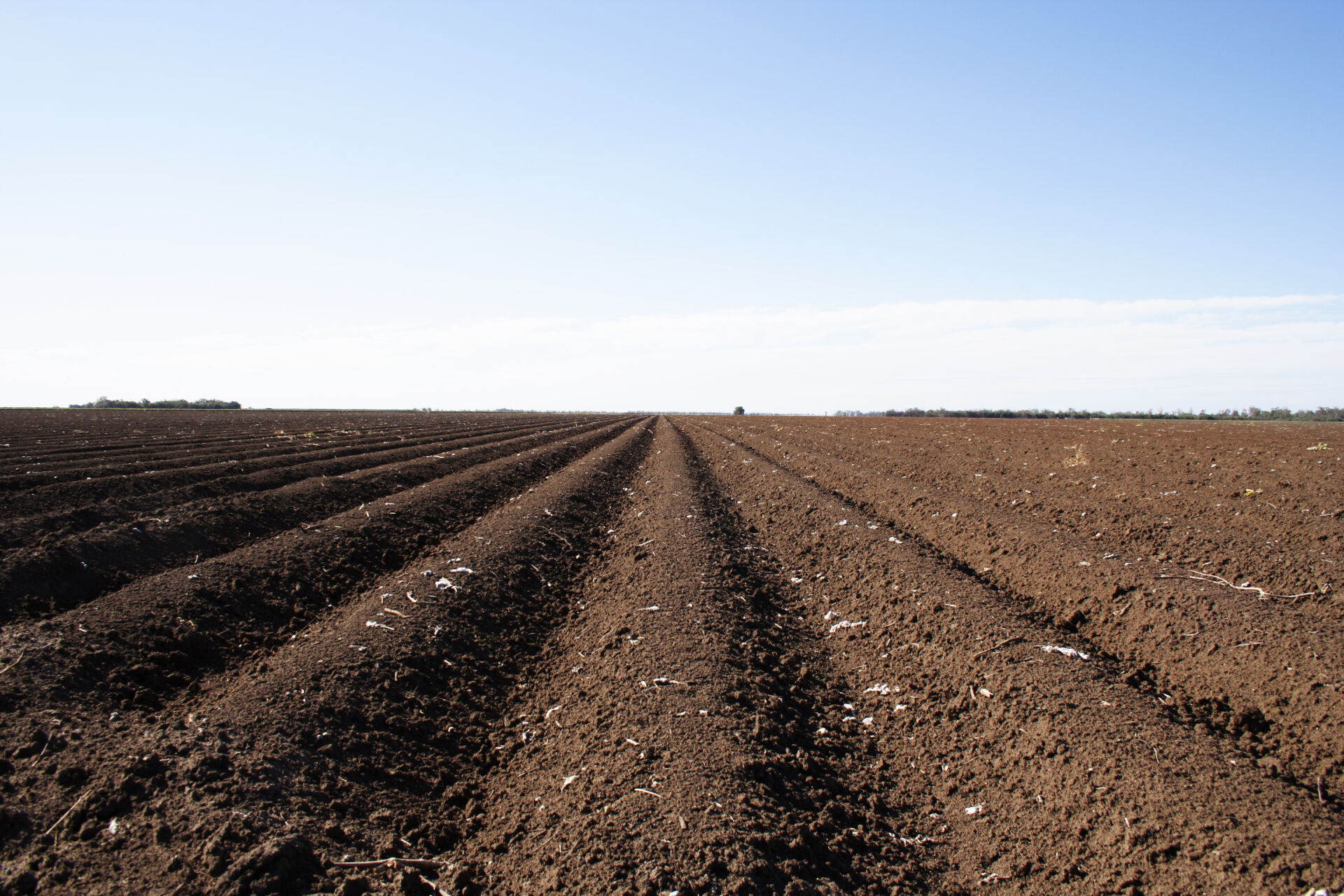Metric:
Area of soil resources, by soil type
Metric:
Quality of environmental asset
Metric:
Excavated soil extracted
Metric:
Excavated soil extracted - monetary value
Units
Example methods / guidance / references
What are tiers?
Tier 1
Estimate using own judgement and observations
For example, estimate % of total land area with each soil type, multiplied by total land area.
Tier 2
Estimate using third-party professional estimates or public data
Tier 3
Model or measure based on site-specific surveys/sampling, remote or in-field sensing, laboratory analysis, etc.
Example data sources
Internal records
Third-party data sources
Maps of Australian soil types are available at the Australian National Soil Information System (ANSIS) Data Portal.
Site-specific measurements or model outputs
Data on area of soil resources by soil type for New South Wales are available on request at the Central Resource for Sharing and Enabling Environmental Data in NSW (SEED) – Experimental Environmental-Economic Accounts for NSW – Soil Accounts – 2021.
Notes
For Tier 1 it would be appropriate to use whatever local soil classification the user is familiar with, and for Tier 3, whatever soil classification is used by third-party soil information providers. For Tier 2, it would be appropriate to use a nationally accepted soil classification standard such as Soil Science Australia’s standards for soil types or the 28 major groupings used in the FAO’s Harmonized World Soil Database. Note that volume (in cubic metres) of soil resources by soil type could also be recorded – however, reliable data is unlikely to be widely available.
Last updated: 9th October 2024
Units
Example methods / guidance / references
What are tiers?
Tier 1
Estimate using own judgement and observations
Tier 2
Estimate using third-party professional estimates or public data
Tier 3
Model or measure based on site-specific surveys/sampling, remote or in-field sensing, laboratory analysis, etc.
Example data sources
Internal records
Third-party data sources
Site-specific measurements or model outputs
Last updated: 3rd January 2025
Units
Example methods / guidance / references
What are tiers?
Tier 1
Multiply physical flow quantity by estimated monetary value per unit
Tier 2
Multiply physical flow quantity by estimated monetary value per unit
Tier 3
Multiply physical flow quantity by estimated monetary value per unit
Example data sources
Internal records
Third-party data sources
Site-specific measurements or model outputs
Notes
The value of soil resources as an asset is treated as part of the value of land as an asset (SEEA-CF, para. 5.301)
Last updated: 9th October 2024
Units
Example methods / guidance / references
What are tiers?
Tier 1
Estimate using own judgement and observations
Tier 2
Estimate using third-party professional estimates or public data
Tier 3
Model or measure based on site-specific surveys/sampling, remote or in-field sensing, laboratory analysis, etc.
Example data sources
Internal records
Third-party data sources
Maps of various spatially modelled Australian soil variables are available at the Soil and Landscape Grid of Australia – Soil and Landscape Grid Viewer.
Maps of various spatially modelled and measured Australian soil variables are available at Visualising Australasia’s Soils (VAS).
Site-specific measurements or model outputs
Data on various spatially modelled Australian soil variables are available at the Soil and Landscape Grid of Australia – Get the Data.
Data on various measured Australian soil variables (obtained from various state and national data sources) are available at SoilDataFederator.
Data on various measured Australian soil variables are available at the Australian National Soil Information System (ANSIS) Data Portal.
Notes
Work in progress - Feedback welcome
Last updated: 12th December 2024

